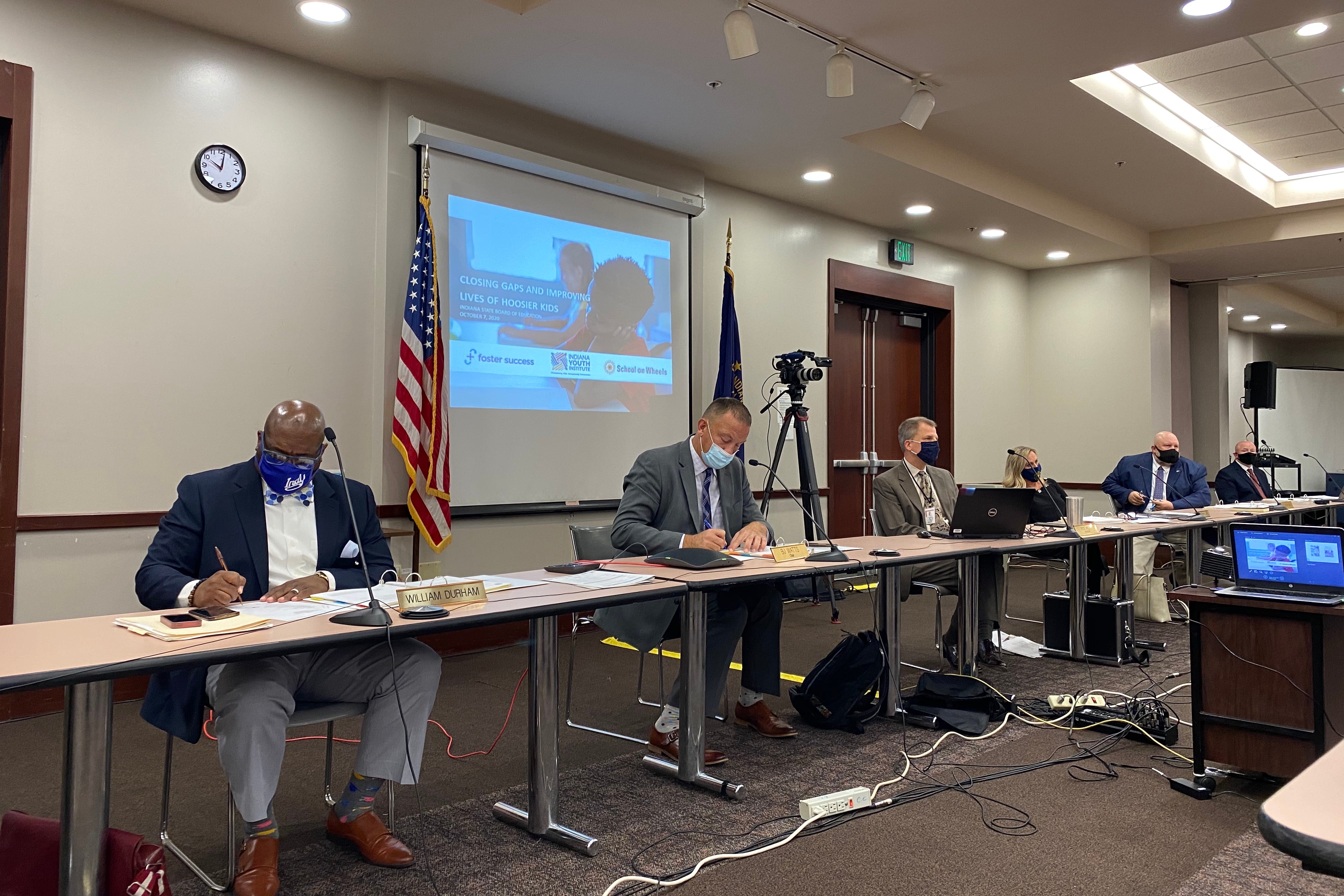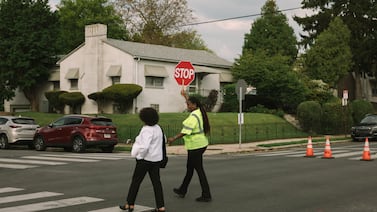Indiana State Board of Education members approved 2019-20 school A-F grades Wednesday, even though those measures use outdated data.
The new A-F grades reflect the best grade that schools would have received in the past three years. Because the state canceled spring standardized tests amid the pandemic, the Department of Education said in a memo that it was impossible to calculate A-F grades for the 2019-20 school year.
Without new test scores, the state used the previous year’s test scores. But because students scored so low on a new test, the state has a hold-harmless provision that means those scores can’t lower schools’ grades in 2019 and 2020. So, for some schools, the A-F grade reflects their performance from three years ago.
Under the second year of the hold-harmless measure, about a third of K-12 schools, or 680 schools, received an A grade for 2019-20. Another third received a B grade. About 19% of schools received a C. There were 8% of schools that had a D and 2.9% that received an F. There were 4% of schools, or 83 schools, that did not receive a grade due to having too small of a student population to have a letter grade that is statistically significant.
High school grades factored in some more recent data on graduation and college and career readiness.
Last year, since nearly two-thirds of all students in third through eighth grades didn’t pass the ILEARN test, most schools were targeted to be rated as a D or F school.
John O’Neal, the policy and research coordinator at the Indiana State Teachers Association, criticized A-F grades as an unfair, punitive system that has had so many drastic changes in such a short period of time. O’Neal said the frequent changes have placed a large burden on teachers who have to adapt to new standards every few years and on students who have to learn how to take a new test. He also said that taking a single snapshot and having that factor into the rating of a school is not fair.
“It does not encompass everything that comes into the student learning experience and really on that same note, what teachers do in the classroom,” O’Neal told Chalkbeat. “A lot goes into classroom experience beyond just one test but our state continues to push that.”






